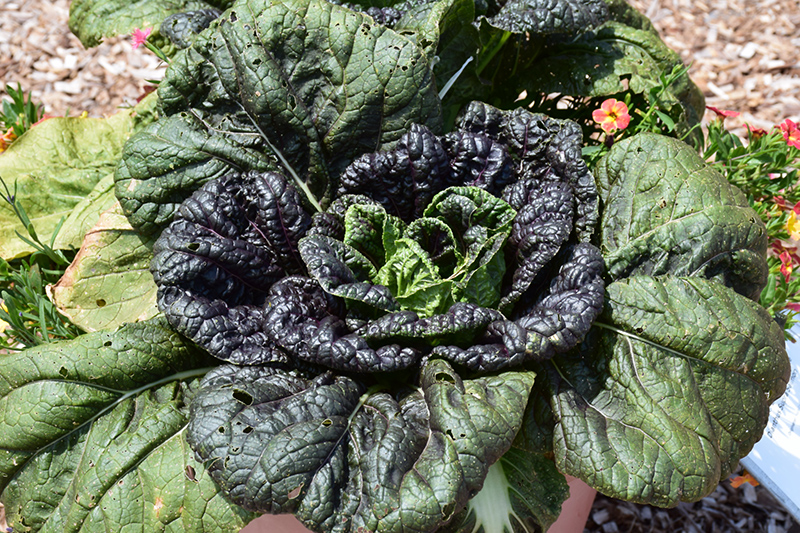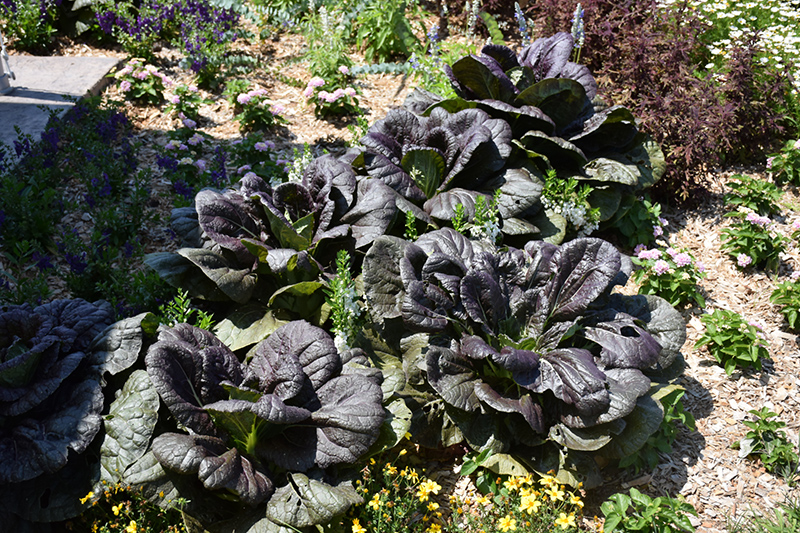Darkibor Kale
Brassica oleracea var. sabellica 'Darkibor'
Height: 24 inches
Spacing: 12 inches
Sunlight:
![]()
Hardiness Zone: (annual)
Description:
The darkest of the blue green kale, Darkibor boast beautiful tightly curled leaves; harvest in the late summer into the fall; resists yellowing and bolting; leaves have a rich, strong flavor, ideal for soups or stews; great for gardens or large containers
Edible Qualities
Darkibor Kale is an annual vegetable plant that is commonly grown for its edible qualities, although it does have ornamental merits as well. The large crinkled oval dark green leaves with hints of bluish-green can be harvested at any time in the season. The leaves have a savory taste.
The leaves are most often used in the following ways:
- Fresh Eating
- Eating When Cooked/Prepared
- Cooking
Planting & Growing
Darkibor Kale will grow to be about 24 inches tall at maturity, with a spread of 18 inches. When planted in rows, individual plants should be spaced approximately 12 inches apart. This fast-growing vegetable plant is an annual, which means that it will grow for one season in your garden and then die after producing a crop.
This plant is quite ornamental as well as edible, and is as much at home in a landscape or flower garden as it is in a designated vegetable garden. It should only be grown in full sunlight. It does best in average to evenly moist conditions, but will not tolerate standing water. It may require supplemental watering during periods of drought or extended heat. It is not particular as to soil pH, but grows best in rich soils. It is somewhat tolerant of urban pollution. Consider applying a thick mulch around the root zone over the growing season to conserve soil moisture. This is a selected variety of a species not originally from North America.
Darkibor Kale is a good choice for the vegetable garden, but it is also well-suited for use in outdoor pots and containers. It can be used either as 'filler' or as a 'thriller' in the 'spiller-thriller-filler' container combination, depending on the height and form of the other plants used in the container planting. It is even sizeable enough that it can be grown alone in a suitable container. Note that when growing plants in outdoor containers and baskets, they may require more frequent waterings than they would in the yard or garden.


